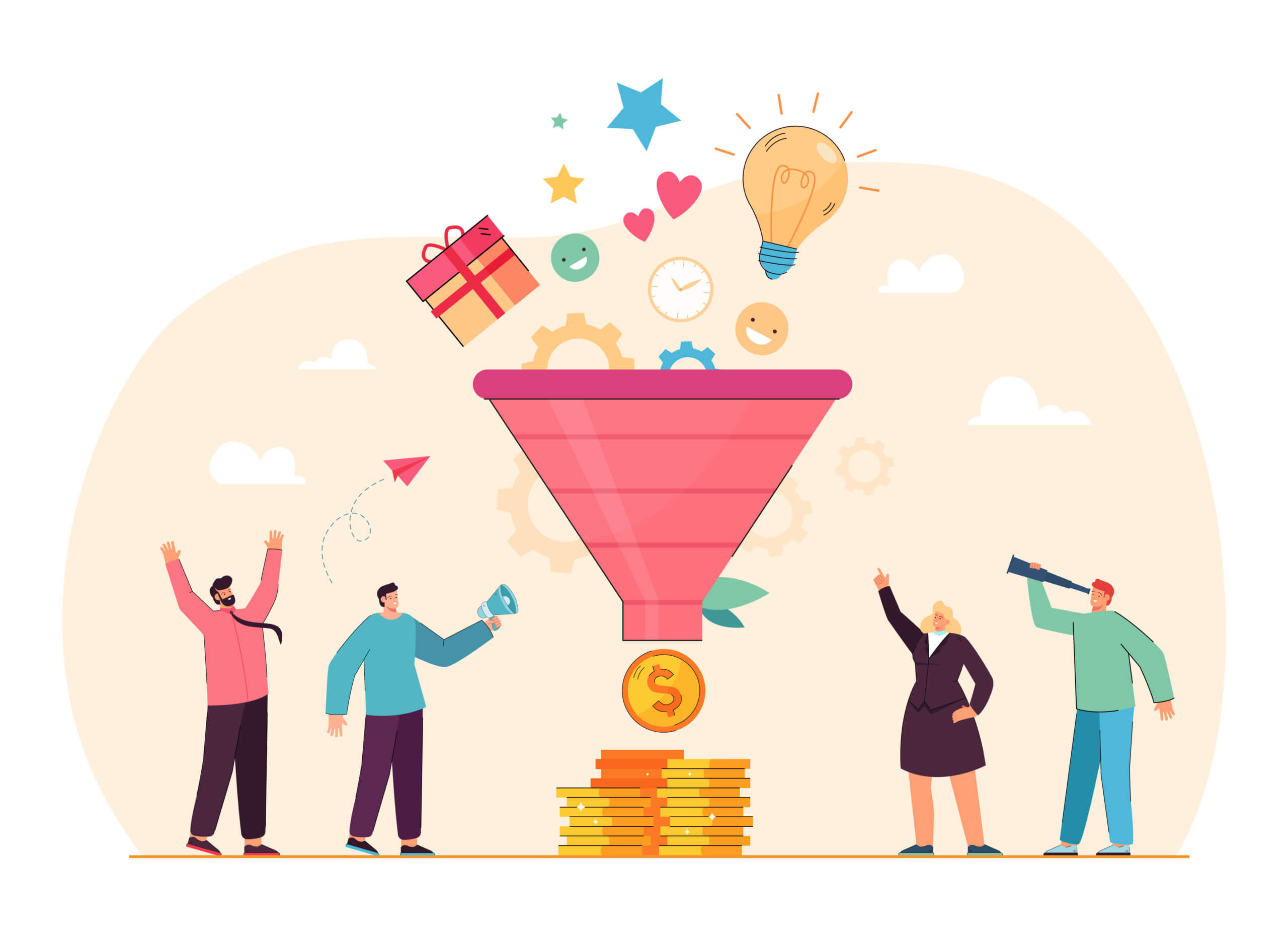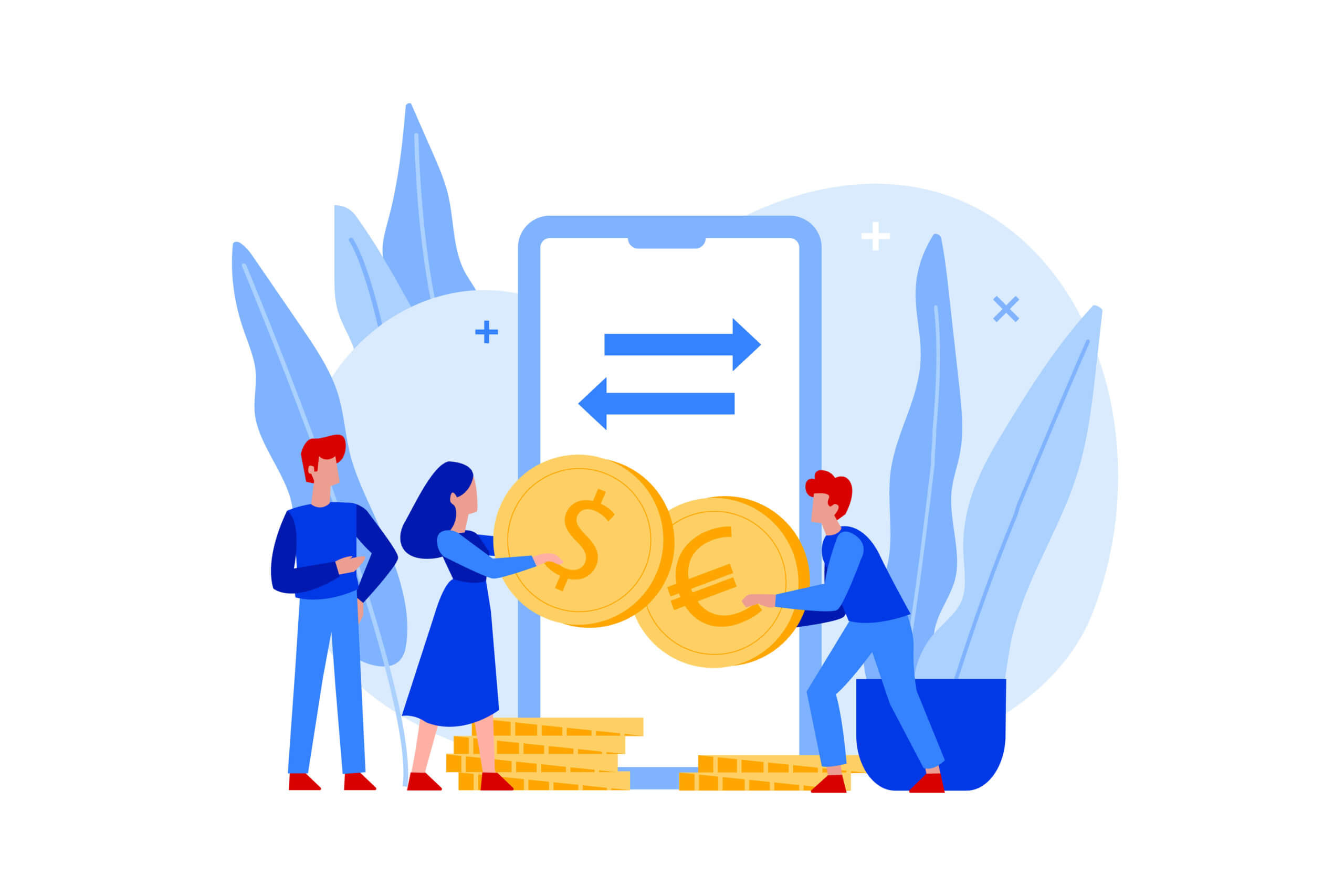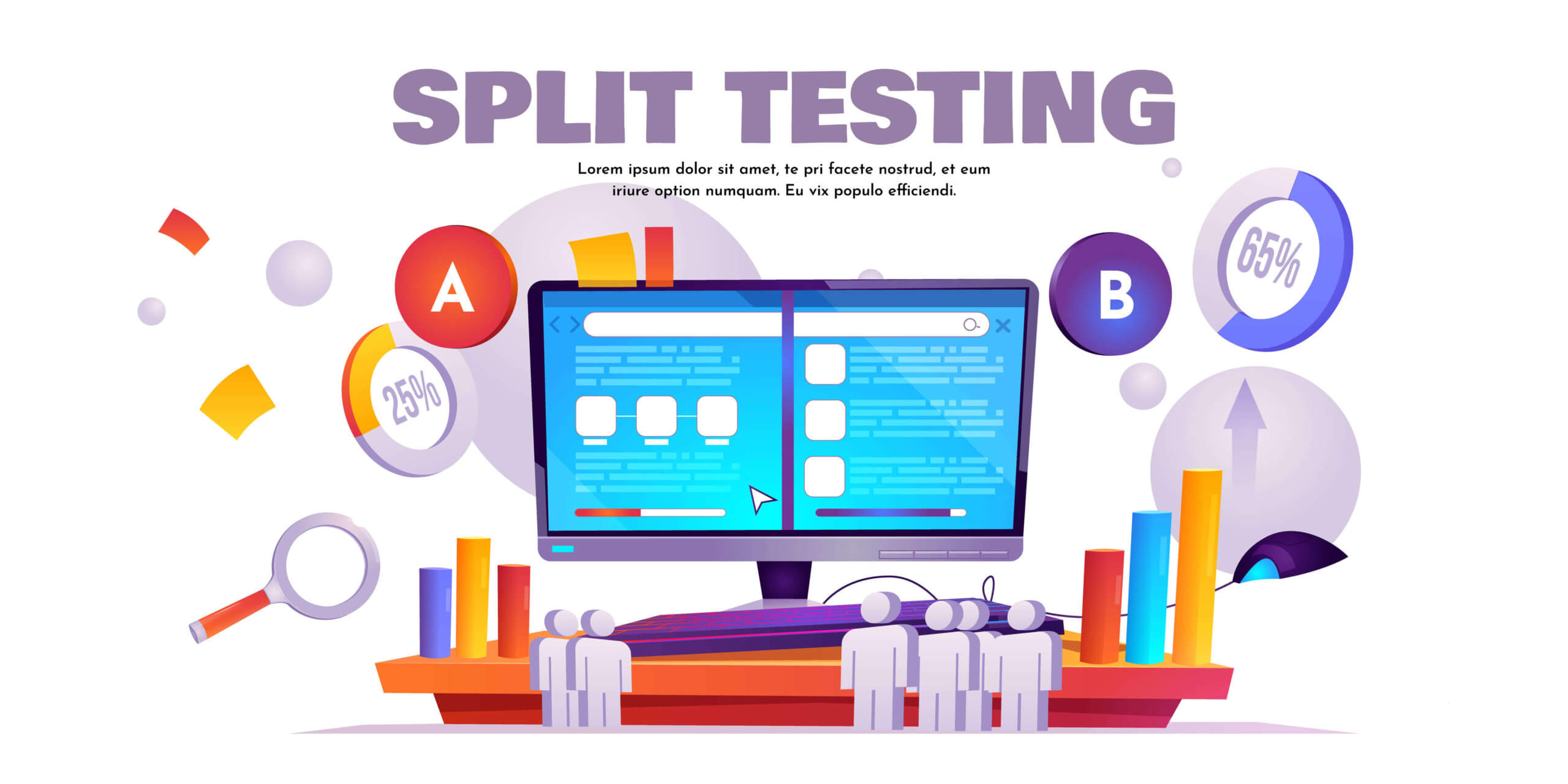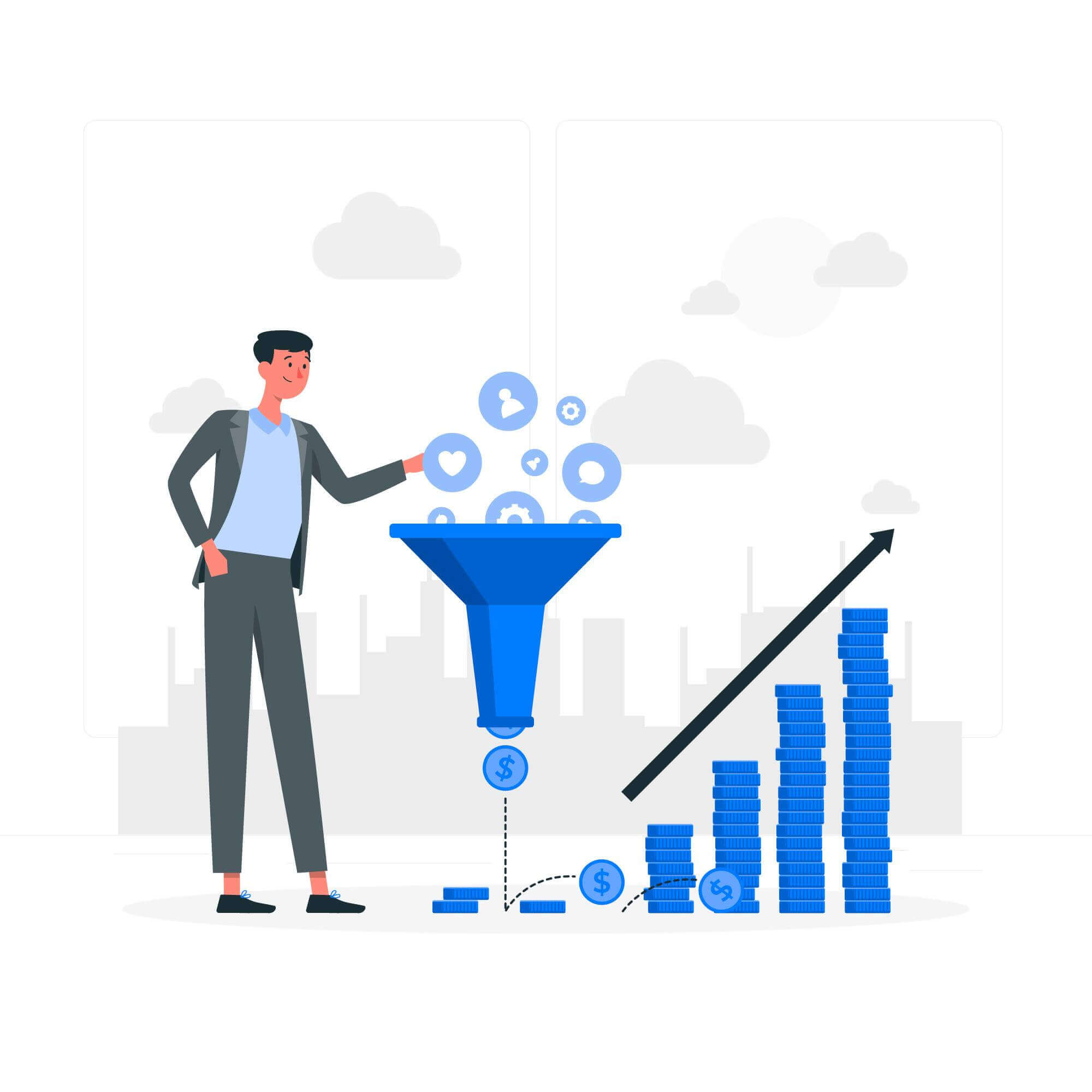SEO and conversion rate are strictly connected with site performance. Well optimized, fast loading website is an important building block to achieve a high conversion rate of our website. Creating enough traffic on the website should be the first step of every CRO strategy.

- What is a webpage's conversion rate?
- Conversion Rate Optimization (CRO)
- How to calculate Website Conversion Rates?
- What measurement period should I use to calculate average website conversion rate?
- 2 reasons to measure your website conversions
- Should I increase my conversion rate?
- How to improve your website speed?
- What other factors besides page performance affect conversion rate?
- How do I implement a CRO strategy?
- Why is website conversion rate so important?
- Pros of higher conversion rate
- Website conversion rate and user experience
- Quick note on eCommerce conversion rate
- Conversion rate optimization for websites & eCommerce site
It’s not a secret that page load time is something every website owner should care about. Site speed impacts SEO and conversion rates. Furthermore, it impacts user experience on your website. So in other words, it has an impact on the decision of whether our potential customer will make desirable actions on our page. Moreover, will you start making money.
So to quickly answer the question we asked in the title of this article. Yes, site performance definitely affects SEO and conversion rates. Of course, I want to give you more information of what exactly is a website conversion rate and what to do, to make it higher. We will go step by step through the most important issues in this topic.

What is a webpage’s conversion rate?
The conversion rate is the number of conversions divided by the total number of visitors. This gives you a percentage. So what does it mean exactly? Let’s talk about it step by step. Imagine you have a website of your company. So the desired behavior of a visitor would be any action which is valuable for your business. It can be an online purchase. It can be sharing your website link, signing up for a newsletter, or a call to your company.
Counting website conversion rates is quite easy. Let’s say you had 10 conversions from 100 interactions, your conversion rate would be 0.1%. High conversion rate means that you have a well-designed website. This is good for customer experience. A low conversion rate of your website can be related to a few things. This can be a design flaw or website performance, such as page load time or broken form. Since we already know that a good website conversion rate is super important for your business. You should also know how you can make it higher.
Conversion Rate Optimization (CRO)
Good conversion rate is considered between 2% and 4%. This means if your site receives 100 visitors. Between 2-4 would perform the desired action. To achieve this, you should have a good strategy to do so. So, here comes Conversion Rate Optimization(CRO). This is a marketing technique that focuses on all aspects of a website in order to increase the number of visitors who perform a given action.
Conversion rate optimization includes web performance and customer experience. Meaning that first your website needs traffic. It also, needs good knowledge about customers. Moreover, it needs good UX to transform this traffic into real profit.
One of the important factors which can help in increasing conversion rates is a well optimized, fast loading website. Nothing annoys internet users more than a page loading for ages. The ideal website load time for mobile sites is 1-2 seconds. Even a 2-second delay in load time results in abandonment rates of up to 87%. So to sum up, your website should load as fast as possible.

How to calculate Website Conversion Rates?
The conversions % of the sessions on your website = (%) Website conversion rate. How much conversion is needed to convert your website is fairly straightforward. Just multiply conversion rate by website session to get an idea. If you are able to convert multiple items in one step. This can be downloading ebooks, subscribe to a webinar, or subscribe to a list. The metric may be derived using the following methods. For each conversion, separately, with the session from the specific page(s) on the list of offers. All conversions are done individually using the whole site session. The same conversion rate calculation procedure can be applied to 👉 eCommerce platforms 👈
What measurement period should I use to calculate average website conversion rate?
If you need a specific measurement period, you can choose a month to measure the user baseline and convert the data. But there is no definitive answer when measuring a website conversion rate. Generally speaking, you may consider using different periods to accomplish different tasks. Almost every period of measurement is dependent on seasonal variability.
Your peak seasons of business will have a high website conversion rate, in comparison to your slow season. For example, if you own an online shop within your website. You have high conversion rates during the holiday’s if you sell products that are perfect for gift giving.
2 reasons to measure your website conversions
Conversion rates tell the world of your website. How should I evaluate my site conversion rates?
Understand your customers
You have to know who the customer really is and what a customer likes (and doesn’t) on your web page. Web conversions are a good way to get a clear understanding of users. For instance, low conversion rates on a website can indicate if your product should be sold further to your users. While, having a high conversion rate in the landing page CTAs may reflect your ability to persuade your user. Furthermore, you may decide to remove any objections your user may have about your website.
Understand the user experience
When your customer experiences your website. This can help you determine how you should improve UX by evaluating the performance. Your conversion rate is an important way of measuring user interaction on the website. If the conversion rate is low, the customer may come across a poor experience. If your conversion rate has been higher, you may find it helpful for you to replicate this in other areas of your website.
Do you want to check the health of your website?

Should I increase my conversion rate?
There’s a trick question, the answer is yes. Conversion rates are not maximized. They must be maximized. There is a difference that sometimes it can be quite expensive for people to increase conversions. It can be particularly expensive to increase it beyond the threshold that they don’t need it. We focus on one aspect: prices. Based on price elasticity of the customer. Purchases may rise or fall with decreasing price. Let’s say we increase the prices by 10%. If your revenues are down 10% it will almost always equal your total revenues! If the customer has excellent pricing flexibility. It’ll likely decrease the sales by about 20%.

How to improve your website speed?
We already know that page load time is crucial to keep users on our website. So what can we do when our website comes out poorly in a page speed test?
- Good hosting should be something you should remember about when creating your website. This is not the best thing to save money on. Many people choose the cheapest option, which is shared hosting. This option may be enough at the beginning, but you’ll likely need to upgrade once you start getting more traffic.
- Minimize HTTP requests. Minify and combine JS and CSS files. Your page to load, needs to download all the elements like scripts and styles to render. Good practice is to minify our files and combine them. The fewer elements on a page, the fewer HTTP requests a browser will need to make. And this results in faster loading time.
- Optimize images on your website. Big, heavy files are a big no no on your website. You can easily use free tools to make your media files slimmer without losing its quality.
- Load your CSS and JavaScript files asynchronously and defer your JS files.
- Enable caching. Caching files means that the elements on the visited page are stored on your hard drive in a cache, or temporary storage. So the next time someone visits the same page, the browser can load the page without having to send another HTTP request to the server.
- If you’re starting to build your website, JAMstack is definitely worth considering. This approach to building a website will provide us with better performance. It delivers a static page to the target user via CDN, which minimizes response time. Pages built with JAMstack are SEO efficient and are the best solution to handle high traffic.
- Another key aspect to take into consideration is mobile first website development. Google indexes and ranks websites based on their mobile version first. Then later Google bots move onto desktop versions. High compatibility with mobile devices increases the conversion rate.
If you want to know more about what can slow down your page, check this article on our blog 👉 8 things that slow down your WordPress 👈

What other factors besides page performance affect conversion rate?
Like mentioned before, page performance is important, and it’s the first step to bring customers to your website.
When you already know what kind of behavior you can expect from your visitors, who are your potential customers and what are your goals. You can create your strategy.
- Good UX is one of the most important factors affecting website conversion rate. If your website is hard to navigate, CTA are located in wrong places. Perhaps your registration forms are too long and complicated. All these factors may discourage your visitors, and they may abandon your website.
- Remember about mobile users by making sure that your website works well both on desktop and mobile.

Testing and analyzing is the best way to know which elements affect your website conversion rate. Knowing potential weakness, you can start making small changes. Furthermore, you can test which solutions give you the most desirable actions. Use A/B tests (two slightly different versions) or multivariate tests (versions with many factors). This way you can be sure which form, CTAs or copy version is the most effective. Tests are the most efficient and trustworthy when traffic and conversion on your page is high.

Page traffic & site’s conversion rate
Higher conversion goes together with traffic on your page. It’s good to know where your visitors come from. You’ll have different strategies when your visitors are mostly from organic traffic. Organic traffic can be Google searches, social or direct traffic. Knowing this can help you focus on the best strategy for you to increase traffic on your page.
SEO and conversion rates are strictly connected with site performance. A well optimized, fast loading website is an important building block to achieve a high conversion rate of our website. Creating enough traffic on the website should be the first step of every CRO strategy. This gives you more data to analyze, on how to transform this traffic into real profit.
Google metrics & SEO impact on conversion goals
Some key google metrics that have a big impact on SEO and on conversion rates include:
- First contentful painting (FCP) which, is the process where your chosen browser renders the first bit of content from DOM and informs the user that the content is indeed loading
- First input delay (FID) that measures the interaction between user and website. For example, if a user clicks on a button, how long will it take for the website to react.
- Largest contentful paint (LCP) measures when the biggest element of your web content is visible to the viewer. For example, the rendering of a full screen on any website or eCommerce platform.
- Cumulative layout shift (CLS) this metric measures whether the website behaves the way most customers would expect.

How do I implement a CRO strategy?
Below, we have a few key areas of your website that your conversion rates could be optimized.
1. Landing pages
The reason for this is that landing pages have the most conversion rates among signup forms, at 24.4%. A landing page for a specific service. For example, it could be enhanced by incorporating videos, photos etc. to encourage people to purchase it.
Furthermore, a website that offers free resources, such a free trial or free estimate, can also attract users to buy your service or product. Now that you know how to optimize your landing pages for better conversion rates, let’s move on to pricing pages.
2. Pricing page
A dedicated 👉 price page 👈 on websites can be crucial to many web visitors. Cost pages are crucial in terms of not only CRO but also SEO. A CRO can assist with a pricing webpage. It can transform visitors into buyers. By changing the price intervals (e.g., price-per-year vs. price-per-month).
Furthermore, describing the product features of each price. Lastly, you will want to include a phone number for visitors to call. This can further increase conversion rates. Another key aspect for better conversion rates includes the homepage of your website.
3. Homepage
Homepages have a good chance for a CRO. The homepage needs to leave a good impression for website visitors. It should be simple to navigate and have key information above the fold. Furthermore, to boost average conversion rates on your homepage, try adding various links.
Some links may include buttons to production information. You may consider adding a chatbot to your home web page to boost your conversion rate. Another aspect you may consider including is a Free sign up button, to encourage websites visitors to sign up for newsletters etc.
Why is website conversion rate so important?
You want to see how user actions are valued. In evaluating the performance of 👉 UX projects 👈, the conversion rate is typically higher than the convert counts. Even if the design remains entirely unchanged. The conversion rate could increase if we run strong marketing campaigns. In order to get more customers for our product. The increase in website usage is measured when someone clicks through a website.
Pros of higher conversion rate
It helps determine what is the most efficient website optimization strategy you can use. Moreover, it shows potential sales growth. Generally, higher conversion rates mean the following. I am trying to attract people to my website. You’re writing/communications/actions /graphics etc. Get a great audience! You are simplifying the user experience. Your website is easier to understand. The key to improving conversions starts with improving user experiences.

Website conversion rate and user experience
In evaluating the cost of an organization, a user experience strategy is a critical step. As mentioned previously, a lot of non-UI factors influence conversion. However, design does actually have significant impact. For example, when working with usability ROI. We have countless instances where the registration form conversion rate have risen dramatically. The rise in conversion rates occurs each time the form is improved. There can always be an assumption that eliminating a question from the forms results in more accurate completion. Hence, higher conversion rates for related actions.
Quick note on eCommerce conversion rate
Website conversion rates and eCommerce conversion rates are the two metrics that measure the success of an online store. The former measures how many people have visited a website. While the latter measures how many people have purchased a product or service.
The main goal of any company is to increase their website conversion rates. The same is true for companies with 👉 eCommerce stores 👈. There are a number of ways to do this. For example, optimizing your landing pages. Additionally, making sure that your site is mobile-friendly.
Conversion rate optimization for websites & eCommerce site
We are able to create a website that offers above average website conversion rates. Additionally, we offer potential customers the ability to improve their existing website conversion rate optimization. Do you want higher conversion rates for your site or eCommerce store, 👉 contact us 👈
Comments